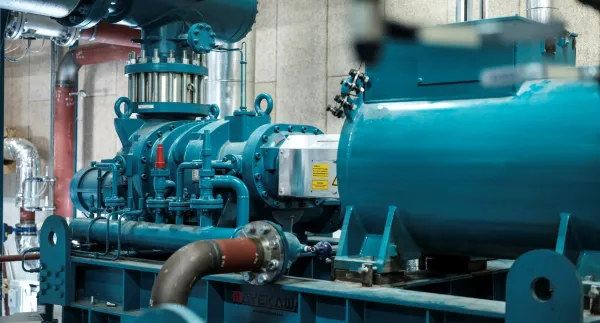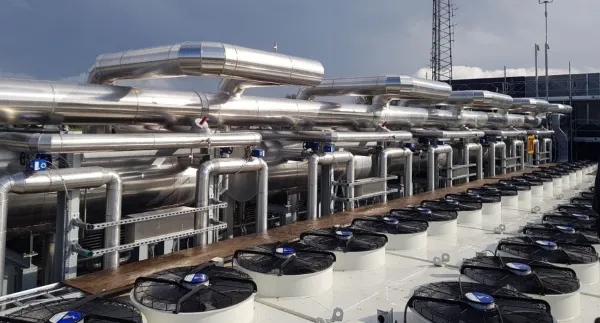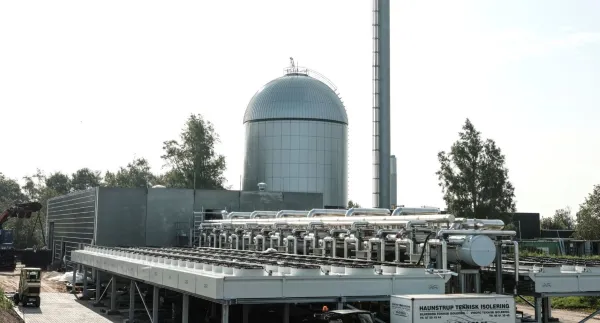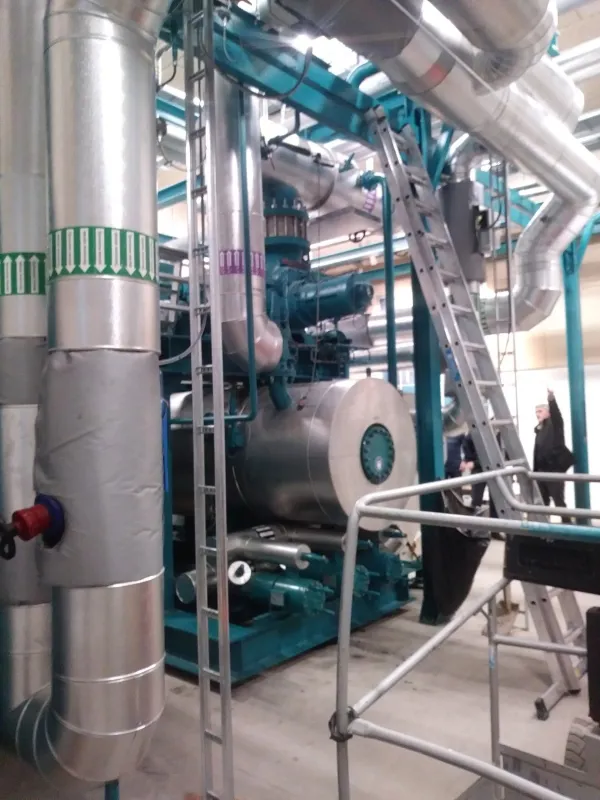Many nurseries have proved that the RHI can provide a great additional income whilst allowing for substantially lower fuel supply costs. Growers are now regularly comparing Ground & Air Source systems to the commonly used Biomass since the government have guaranteed the incentive until March 2022. However with time running out, it’s no wonder organisations are rushing to reap the benefits of these renewable energy systems before it's too late.

Biomass has proven lucrative for many UK growers who have experienced substantial savings on their energy bill as well as healthy pay-outs from the RHI. Since the Biomass tariff has digressed, nurseries are looking to Ground & Air Source Heat Pumps to power their facilities due to the lack of maintenance and higher RHI payments.
The latest Biomass tariffs allow a 'Tier 1' blanket rate of 3.15p (p/kWh) and 'Tier 2' rate of 2.21p for all boiler sizes, a far cry from the 10.14p offered to smaller systems during the initial stages of the incentive.

Users of Ground Source/ Water Source heat pumps are now highly favoured in payback tariffs gaining 'Tier 1' payments of 9.68p and 'Tier 2' payments of 2.89p on systems less than 100kWth. Larger systems (above 100kWth) also experience healthy payments of 6.98p (T1) and 2.08p (T2).
Previously the government had announced an allocation of funding for the non-domestic RHI up until 31 March 2021. From the Treasury Red Book issued on budget day, 11 March 2020, the Government said it "will also introduce a new allocation of flexible tariff guarantees to the Non-Domestic RHI in Great Britain in March 2021, helping to provide investment certainty for the larger and more cost-effective renewable heat projects". The new "tariff guarantees" will allow the RHI for large installations commissioned after 31 March 2021, but before 31 March 2022.

For those installing ground source energy while the RHI is still available the payments will normally be larger than the annual running cost: this provides a significant contribution to the higher initial capital cost of ground source installations.
Aside from higher payment tariffs, Ground Source heating has other advantages when compared to other renewable heating systems. With no need for pellet or fuel deliveries, and significantly lower maintenance than a Biomass system, Ground Source heating can offer peace of mind to large scale operations with lots to juggle.
Ground & Air source heat pumps can be the more expensive installation because of the need to install ground collectors or bore holes. However, this connection to the ground is what enables a ground source heat pump to perform to such a high efficiency (400%) with temperatures keeping fairly constant even as little as 1.2 meters down.

With installations sitting underground, Ground Source has proven itself as an attractive option when coming up against local councils and planning committees due to their incognito nature.
To install pipes underground, specific areas of land are required (approximately 2.5 times the area of the structure). However, due to the lack of fuel storage facilities the systems footprint is usually smaller than that of a commercial biomass system, this also removes the planning of any fuel delivery logistics.
Bridge Biomass partner with Pure Renewables to collectively consult on and design new or retrofitted renewable energy systems for UK nurseries.

For more information:
Bridge Greenhouses
Bridge South: 01423 641789
Bridge North: 01482 666899
info@bridgegreenhouses.co.uk
www.bridgegreenhouses.co.uk
